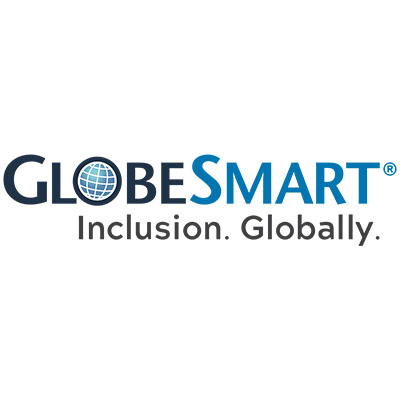ATD Blog
Using the Right Technology to Cultivate Learning and Development
Tue Jan 21 2020

Learning technology has the capability to do amazing things these days, and it’s easy to get distracted by it or jump to the next shiny new thing. However, it is important to keep in mind why we have technology and the goals we want it to help us achieve. While the specifics of each organization likely vary, we can probably all agree on two important goals:
1. Technology should make the user experience easy and motivate people to learn.
2. Technology should provide us with information that enables us to make informed decisions to improve our learning strategies.
There is no shortage of learning technology available to help us achieve these goals, but in this piece we’ll explore three key components of a learning technology infrastructure.
Technology That Houses Learning Under One Roof
Learning and educational resources should be easy to find. Learners will be more encouraged to seek out the information they need if there is a consistent location to look for it. In large and small organizations, our resources can sometimes be spread through various departmental intranet pages, topical resource pages, or any number of places. Instead, we should strive to centralize this information into one repository. The easiest way to do this is to use a learning management system (LMS). Gone are the days that LMSs had to be clunky, difficult-to-use systems. Instead they are striving to become intuitive to users, easy to maintain, and available on numerous platforms (desktop, mobile, and more). Flexible LMSs also allow external linking, which makes them great ways to tie in internal and licensed content that may be available within your organization, making your LMS the clear go-to destination for your employees.
Technology That Makes Learning Easy to Access
It’s not enough just to have your information centralized; it should also be easy to access once you find it. Increasingly, organizations are using single sign-on (SSO) integrations that allow seamless access to resources, tools, and learning. These systems usually require some setup at first and assistance from your IT team, but the rewards are worth the effort. Let’s say you license access to an external video library. Your employees would be able to find this resource from your LMS then with a single click be granted access to that library without re-registering or creating a unique login. That is one less piece of information for your employees to remember and manage and one less potential security risk. Making learning easy to access will encourage your users to keep coming back for more.
Technology That Tracks Demand and Usage
Technology should also help you and your organization make informed decisions. By using tools that provide extensive analytics, you can learn more about how your users are engaging with the technology available to them. What’s working? What’s not working? What types of resources are users more or less attracted to? How long do users typically spend within a specific resource before they navigate away from it? Good analytics can help you to answer these questions and more. This will then help you to choose the most attractive resources in the future and ensure your employees actually use them.
Technology can make the difference between your employees taking advantage of your learning and development resources and further developing themselves, or not. Keep these tips in mind as you look at the technology currently available to you and the technology you choose in the future.

